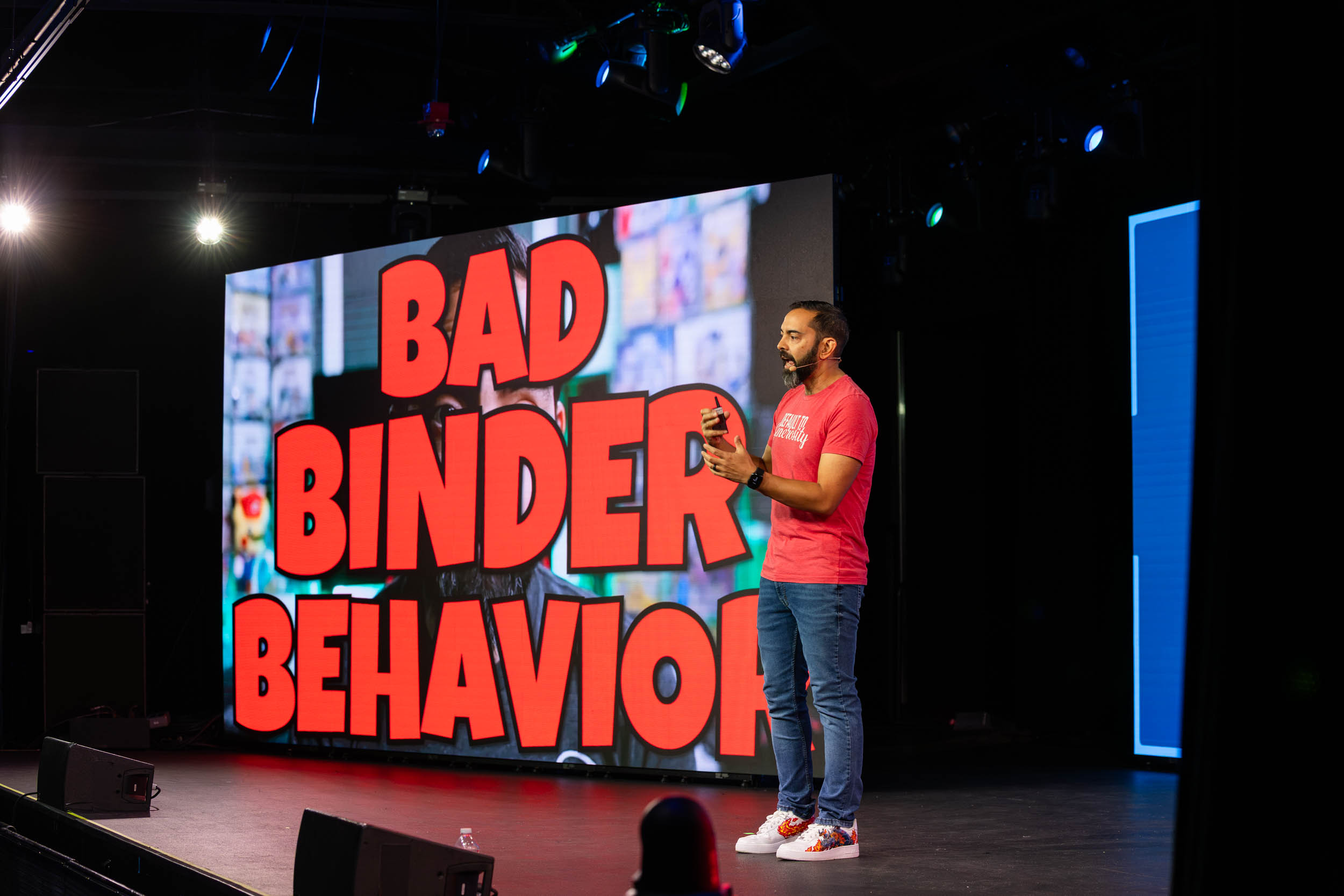We had an awesome time at Craft + Commerce 2025 — seriously, one of our favorite events of the year. The sessions were packed with smart, no-fluff advice that actually felt doable.
Instead of big vague ideas, we walked away with real strategies we’re excited to try (and share). Here are a few lessons that stuck with us — starting with how to introduce yourself without sounding awkward.
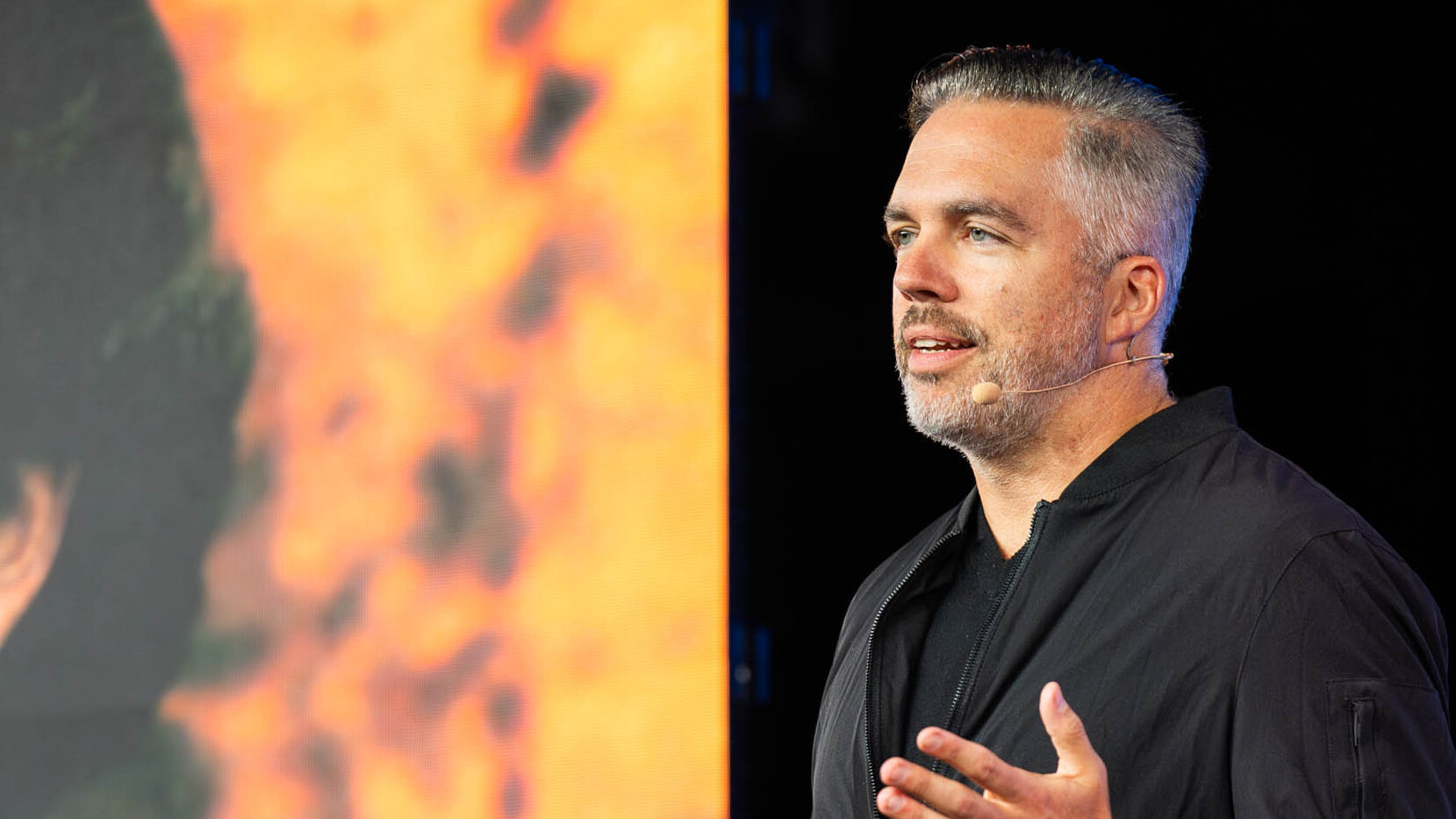
Improving Self-Introductions for Networking with Clay Hebert
1. Use a Simple, Impactful Formula
The core introduction framework is:
“I help [specific group] achieve [specific result]”, or phrased more memorably as
“I help [group] [verb] their [noun]”.
This keeps your introduction:
- Clear and results-focused
- Centered on your audience, not you
- Easy to adapt across different roles or industries
Example: “I help creators grow their audience.”
2. Keep It Conversational and Contextual
Your self-introduction should feel like a friendly conversation, not a job interview. To make it work:
- Avoid jargon and buzzwords – explain it like you’re talking to a 6-year-old
- Be intriguing, not exhaustive – make people want to learn more
- Tailor your intro to the context or audience (networking event ≠ social media bio)
- Confidence > perfection – how you say it matters as much as what you say
3. Use It Everywhere—Strategically
This simple intro isn’t just for saying aloud. It should show up in:
- Your website, social bios, and email signature
- Business cards, course names, book titles, or landing pages
Tips:
- Use “your” (instead of “their”) in marketing for a personal touch
- Experiment with variations to see what resonates
- Anchor yourself around a specific result or niche phrase to own in your space
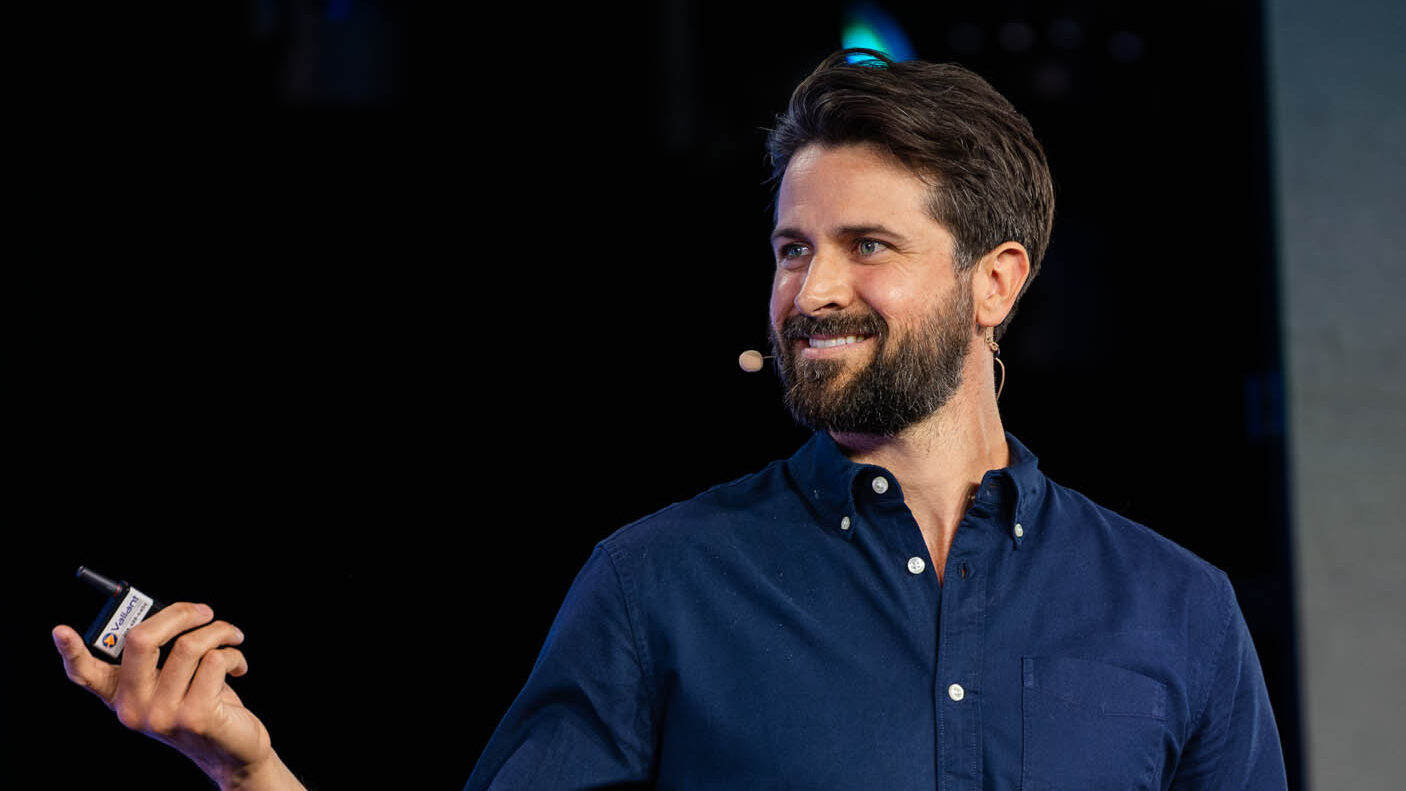
The Growth System Behind 6-Figure Newsletters with Shane Martin
1. Paid Growth Works—With the Right Foundation
Contrary to the myth that only massive newsletters benefit from ads, paid acquisition can work at any size—if the fundamentals are in place. Case in point: Sahil Bloom scaled from 130k to 1M subscribers using paid growth and saw:
- Mid five-figure monthly revenue
- Multiple six-figures in business income
- Millions raised for an investment fund
- A New York Times bestseller with 50k copies sold in week one
The key? Treat your newsletter like a real business asset, not a hobby.
2. Build a Reinvestment Loop to Scale
The most sustainable strategy is the reinvestment growth loop:
- Acquire subscribers through paid channels
- Monetize them via premium tiers, affiliates, products, or sponsorships
- Reinvest a portion of revenue into more subscriber acquisition
- Repeat—and scale gradually over time
This approach allows you to grow predictably while maintaining profitability.
3. Know Your Numbers and Monetization Levers
Before spending on growth, you need clarity on:
- Revenue strategy (e.g., $9/mo tier, $1000 course, $200/year membership)
- Estimated value per subscriber (e.g., $83k for 30k list = ~$2.77 per subscriber/month)
- Conversion rates (e.g., 1% for premium, 0.8% for community)
- Key costs (average $2 per subscriber)
- Retention length (avg. 16 months)
These figures let you calculate ROI and adjust your strategy. Expect a ramp-up period, and start small before scaling.
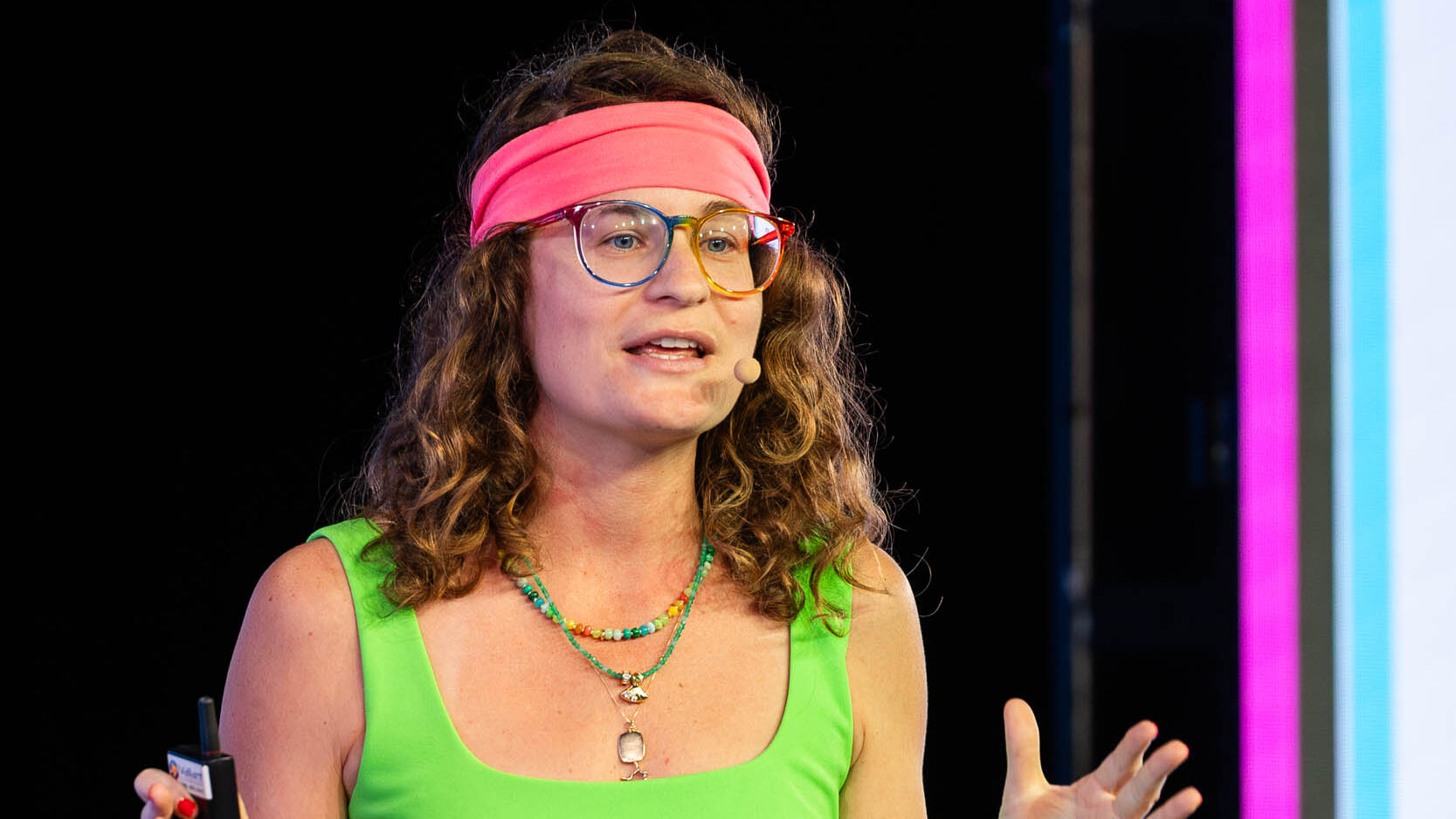
One Million… Nine Bucks at a Time with Liz Wilcox
1. A Simple, Low-Cost Offer Can Scale Big
The core product is incredibly simple: a $9/month membership that delivers weekly email templates. Despite no ads or complex funnels, the business:
- Grew organically from 30 sign-ups in 24 hours to 4,500 members
- Reached nearly $1.4 million in total revenue, with $1.1M earned in just the last two years
- Was built on a single compelling offer (“Can I have $9?” email), proving that clarity beats complexity
This shows the power of solving a specific pain point with a laser-focused, low-friction offer.
2. Growth Was Fueled by Smart, Sustainable Tactics
Several creative and intentional strategies supported EMM’s growth:
- Public goal-setting (e.g., “100 members in 30 days”) to build accountability and community engagement
- A generous affiliate program (50% recurring commission, lifetime cookie) that incentivizes long-term sharing
- A “Costco-style” $108/year pass that bundles access to all workshops, creating perceived value and driving upsells
- The “Drake Method” for distribution: omnipresent brand building via 300+ podcast appearances, speaking, and content
These efforts kept marketing organic, community-driven, and trust-based.
3. Lifestyle and Business Aligned by Design
Beyond revenue, EMM delivered a lifestyle transformation:
- Replaced unpredictable $20k client work with reliable recurring income
- Now follows a calm work routine: starts at 1pm, Fridays off, flexible schedule
- Open calendar with minimal commitments
- Additional income from YouTube, workshops, and digital products
This is a prime example of designing a business model that not only scales—but sustains the creator’s ideal life.
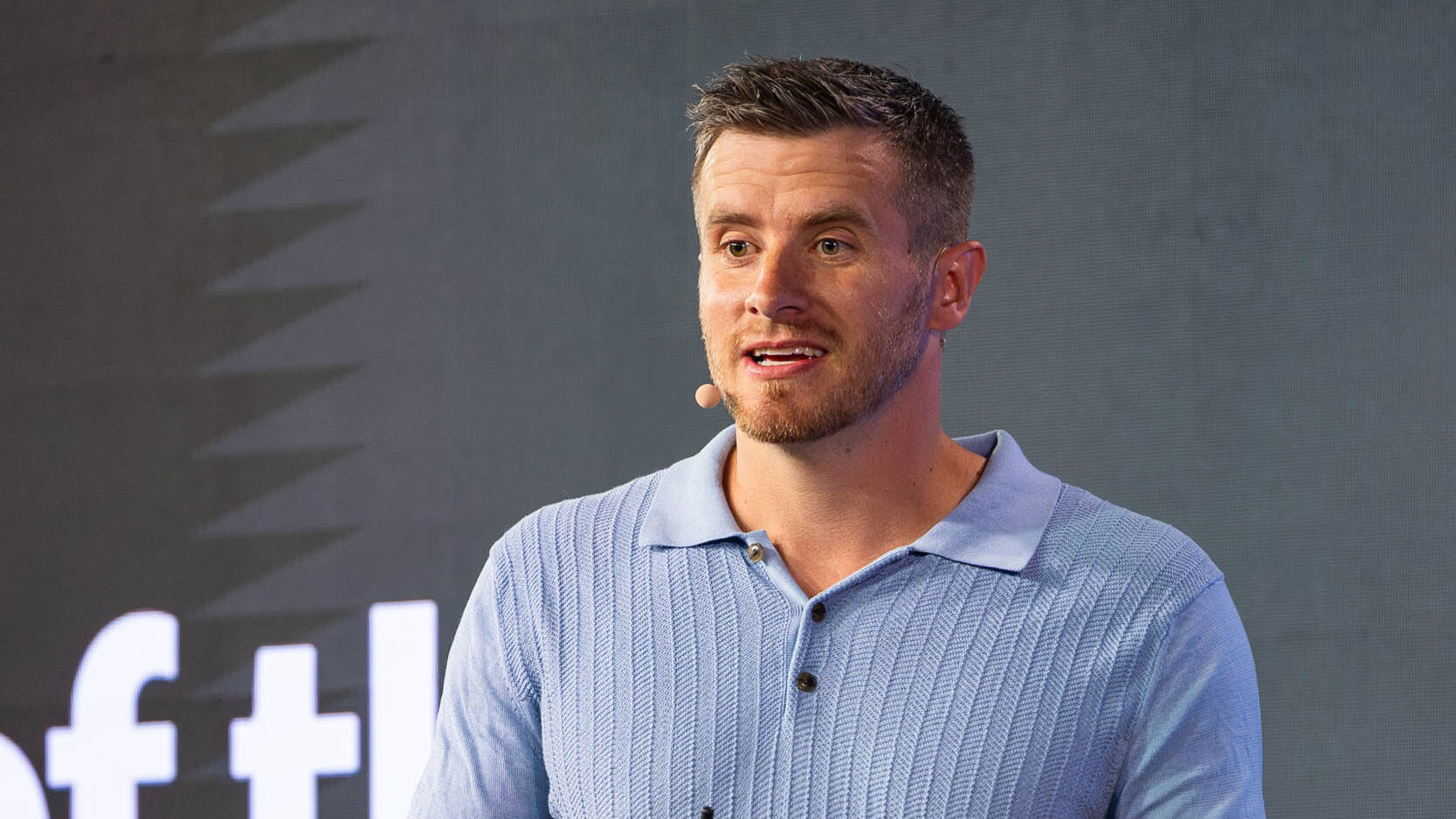
Supercharged, Not Replaced: The Creator’s Edge in the Age of AI by Nathan Barry
1. AI Will Empower Creators, Not Replace Them
AI is a force multiplier, not a replacement:
- AI will take over repetitive, time-consuming tasks, freeing creators to focus on what matters—human connection.
- Content production becomes faster: e.g., turning a podcast into a polished article with AI support.
- Rather than eliminating creativity, AI is an amplifier of human storytelling and originality.
This aligns with a broader trend: tools are evolving to support creators, not supplant them.
2. Email Is Evolving, Not Dying
Email remains the backbone of digital communication, but its experience is about to change dramatically:
- Creation: Voice dictation and AI-generated emails will reduce reliance on typing.
- Delivery: Despite tech shifts, email protocols will persist as a reliable, open format.
- Consumption: AI will personalize how we read and engage:
- Newsletter → AI podcast summary
- Articles → Custom summaries in preferred tone or length
- Dynamic formatting tailored to user preferences
This paints a future where email becomes more intelligent, adaptive, and experiential.
3. Creator Businesses Will Dominate the Economy
Every business is becoming a creator business—and the shift is already visible:
- Creator marketing is becoming the default strategy, not the niche
- Even celebrities are adopting creator tools and tactics, launching newsletters and engaging directly with audiences (e.g., Dua Lipa, Tom Brady, Morgan Freeman)
Showit’s response? A two-pronged strategy:
- Double down on connecting people (real relationships in an AI-heavy world)
- Build technology that adapts with creators (flexible, AI-integrated platforms)
This vision highlights that adaptability and authenticity are the defining traits of modern businesses.
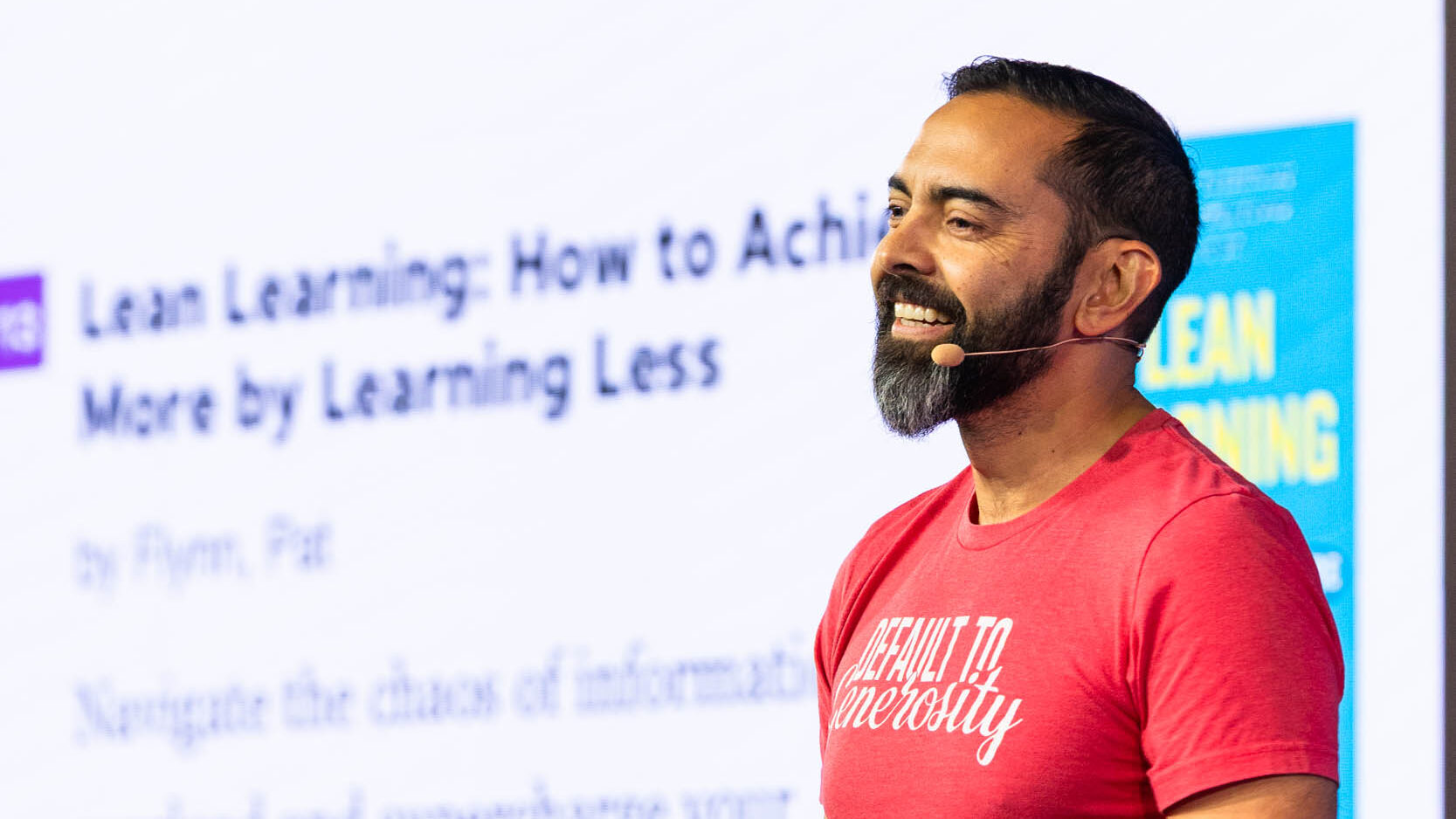
How I Used Lean Learning to Scale to 1,000,000 Subscribers (Twice) with Pat Flynn
1. Lean Learning = Do Less, Learn More
Pat Flynn’s new philosophy, captured in his book Lean Learning, centers on reducing overwhelm and focusing on deliberate, focused progress:
- We live in a “buffet line of information,” but more isn’t better—selectivity is power.
- Focus on micromastery: pick one small element (like storytelling, editing, or scripting) and master it deeply.
- Replace hustle with intentional reps—more experiments, tighter feedback loops, and fewer distractions.
He demonstrates this through how he entered the Pokémon content world as a novice, leaned into what worked (e.g., how-to videos), and quickly built authority and results.
2. Reuse Expertise, Add Value Creatively
Even in unfamiliar territory (Pokémon), Pat succeeded by reapplying what he knew from entrepreneurship:
- Created how-to videos with content frameworks and catchy phrases (“bad binder behavior”)
- Analyzed retention graphs to learn what kept audiences watching—and adapted
- Secured brand partnerships (e.g., Vault X) and generated significant income through affiliate links and custom co-branded products
His viral video success came not from being the most knowledgeable, but from creative storytelling, clarity, and audience-first thinking.
3. Iterate, Experiment, and Tell Better Stories
Pat’s process reveals the power of story-driven experimentation:
- By analyzing what works (e.g., high retention on binder or challenge videos), he created new “buckets” of content (like 24-hour challenges)
- One video combining binders + challenge format hit 11M views, earned 80,000+ subscribers, and $56,000+ in revenue
- He applied the Save the Cat storytelling technique to build emotional connection in videos—ensuring audiences root for the creator from the start
All of this stems from lean iteration, not mass content. It's about refining based on feedback, learning what resonates, and leaning deeper into what works.

The Creator’s Guide to Sustainable Productivity with Nisha Vora
1. Productivity Isn’t About Doing More—It’s About Doing What Matters
Nisha redefined productivity not as how much she got done, but how intentionally she worked:
- She used to work from 5am to 8pm, constantly hustling—yet still felt unfulfilled, burned out, and physically wrecked.
- Despite outward success (rising social media, a cookbook deal), her health deteriorated, and the work didn’t feel worth it.
- Now, with fewer hours, she’s happier, healthier, and more successful—launching a paid subscription, joining NYT Cooking, and winning industry accolades.
Sustainable productivity is about working on what matters—and leaving space to feel well while doing it.
2. Her One-Page Weekly System Doubled Output and Cut Stress
Nisha’s powerful but simple productivity system lives in a single Google Doc and follows three steps:
- Brain Dump
List everything on your mind for the week—projects, meetings, errands, creative work, personal items. This mental purge improves focus and sleep.
- Evaluate Tasks with 4 Key Questions
For each task, ask:
- Does this support my physical or mental health? 🌞
- Is this truly valuable for my business? 📈
- Do I actually enjoy it? 🙂
- Should I be doing this, or can I delegate?
She uses emojis to tag tasks and makes data-driven decisions (e.g., YouTube → 40x more traffic than Instagram = priority). She outsources even high-leverage tasks like operations management, which doubled her product revenue.
- Time Blocking with Non-Negotiables First
Calendar the week starting with wellness rituals and business drivers, not random to-dos. Add buffer time between tasks and let go of anything you can’t fit realistically.
3. Purpose and Personal Energy Are Her New Metrics
Instead of chasing productivity for its own sake, focus on:
- Energy-giving habits (walks, sleep, family dinners)
- Tasks aligned with joy and impact (blog posts you love, not just high-performers)
- A workweek that feels restorative, not draining
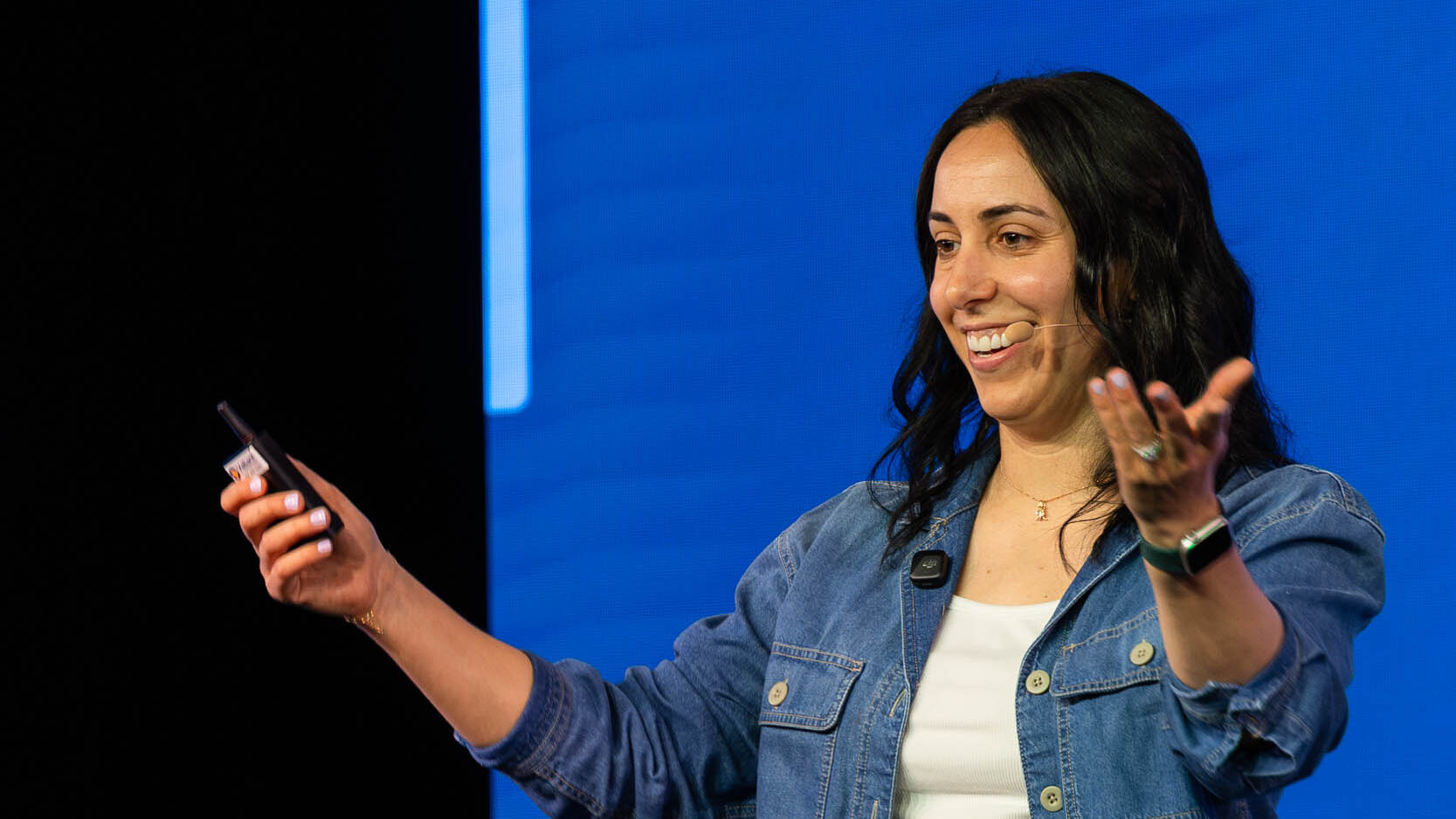
The Power of Being Real: The Surprising Secret to Winning Hearts and Unexpectedly Growing Your Business with Sam Vander Wielen
1. Authenticity Isn’t a Strategy—It’s the Foundation
Being real is not a growth hack. It’s not about leveraging vulnerability for clicks, but rather:
- Showing up as your whole self—mess and all—because your truth builds trust.
- Sharing behind-the-scenes realities, not just curated highlight reels, even when the story is raw or unresolved.
- Vulnerability, when rooted in sincerity, becomes a magnet for genuine connection.
Her life story—brain surgery, caregiving through cancer, profound grief—became a bridge to community, not because she marketed it, but because she chose to tell the truth of her journey.
2. Storytelling Is What Makes Content Stick
Sam’s audience grew—not just in size but in depth of engagement—because she:
- Told stories, not just gave tips, even while selling legal templates
- Shared experiences that seemed unrelated—like being pantsed at a stadium or hiking in Patagonia—but turned them into relatable lessons
- Used everyday moments to connect emotionally and teach something meaningful
Result: 48,000+ email subscribers, strong community loyalty, and a book launch that her audience rallied behind.
Her formula: lead with story → relate to your audience → teach through your lived experience.
3. Connection > Perfection
Your audience doesn't need you to have it all figured out. They want:
- Someone who shares how they think, not just what they know
- Leadership rooted in transparency, reflection, and human relatability
- A reason to stay connected that goes beyond surface-level education
Sam turned trauma, uncertainty, and everyday reflections into content that resonated because it felt honest, relevant, and human—not polished or performative.
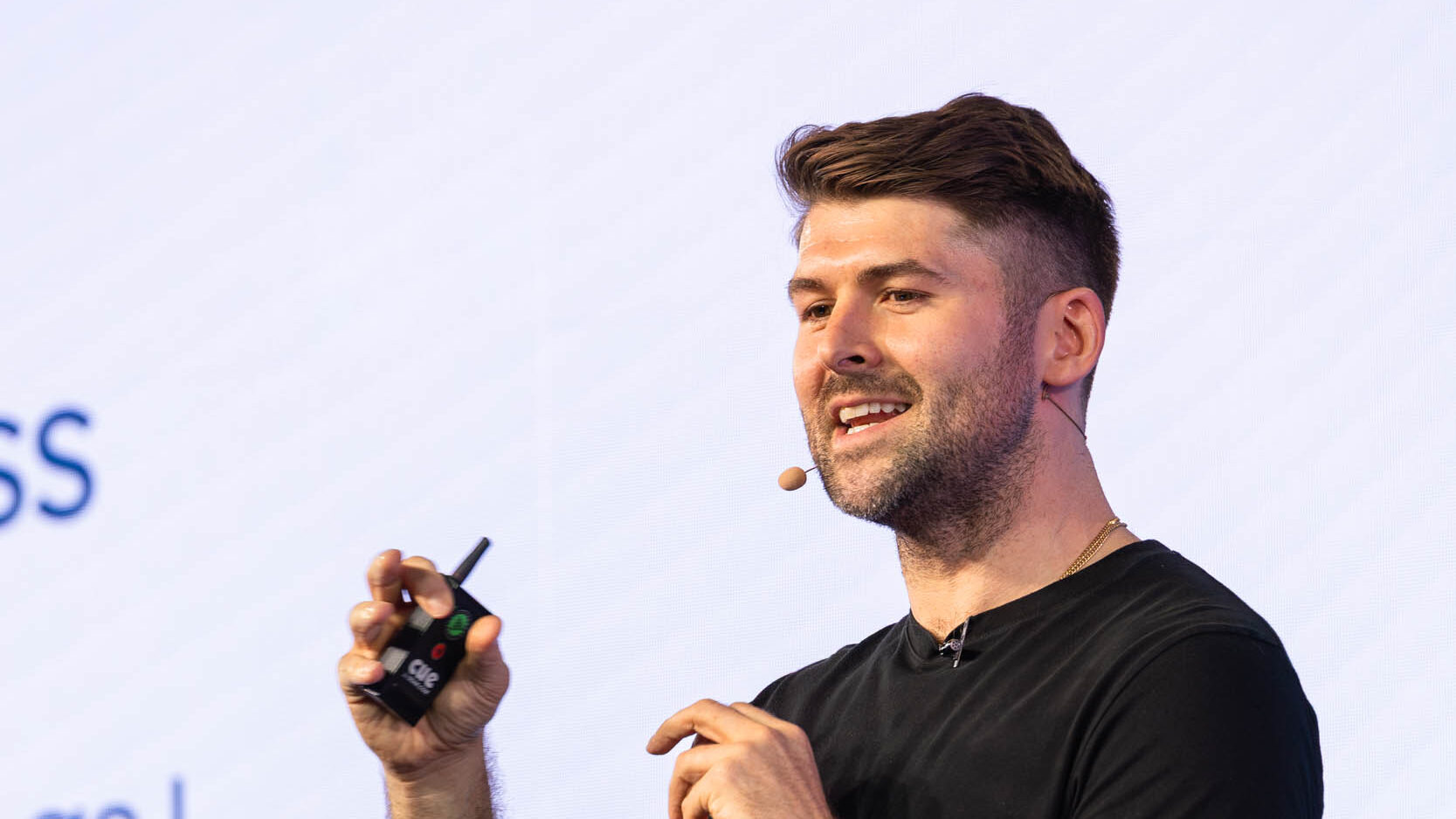
Building a personal brand and opportunities with Chris Donnelly
1. A Personal Brand Is Your Greatest Leverage
Your personal brand travels with you—across ventures, industries, and platforms:
- He rebuilt after a major business collapse by posting every day on LinkedIn, turning visibility into leverage.
- Clients like Bugatti and Aston Martin came from organic posts—without outreach or ad spend.
- His commitment led to 1.1M+ followers and being the #1 most viewed person on LinkedIn globally, outpacing even Obama and Gates.
Lesson: Treat content as a strategic asset, not just marketing. Your personal brand introduces you before you enter the room—and multiplies your opportunity surface area.
2. Think Like an Entrepreneur, Not Just a Creator
What separates hobbyists from high-leverage builders:
- Choose scalable business models (cohorts, async courses, newsletters) over unscalable ones (1:1 coaching).
Focus on distribution first—his $10M/year Creator Accelerator business has no sales team; content does all the selling. - Use platform insights: LinkedIn drove nearly all conversions; TikTok had reach but zero commercial return.
- Systematize content:
- Educational posts = growth
- Personal stories = trust
- Webinars = conversion
The effort-to-equity formula: the same skills can build a service business or a digital empire—choose models that compound.
3. Deplatform, Automate, and Scale Through Systems
The key to turning audience into business: own the relationship and build infrastructure:
- Deplatform from social media—Chris’s newsletter drives 86% of sales and 89% of webinar signups.
- Use lead magnets, landing pages, and welcome surveys to segment and serve.
- Build proprietary systems—like his Play framework or AI trained on his own content—to multiply reach.
- Delegate ruthlessly: Chris only uses social media on Monday afternoons; his team handles the rest.
- Leverage AI to train your team and productize your knowledge—information isn’t the product anymore, outcomes are.
Outcome-driven education, delivered at scale with systems and community, is the new creator frontier.
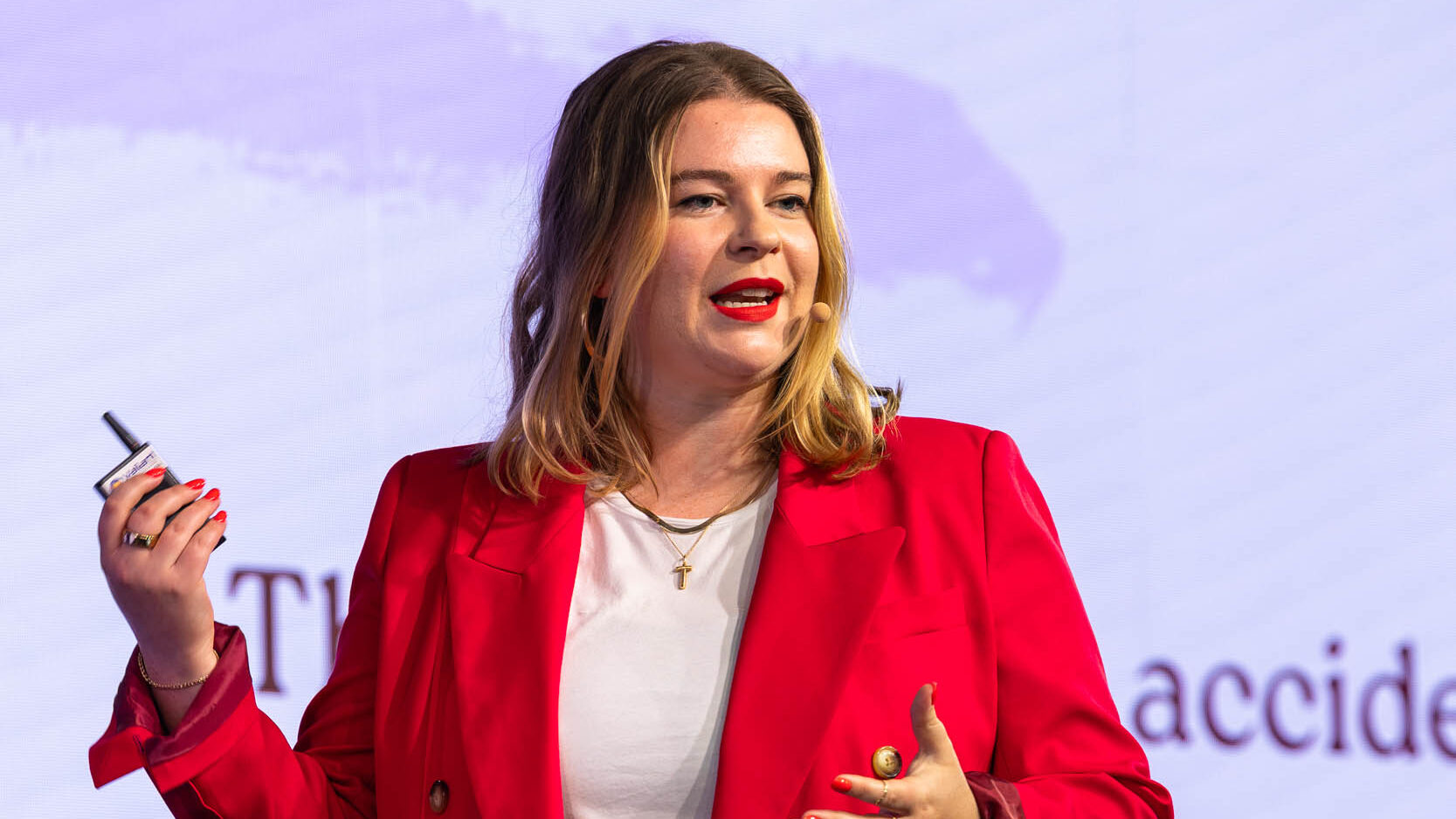
Succeed on Social: The Creator’s Playbook for Virality, Conversions, and Revenue with Tori Dunlap
1. Serve First, Then Sell—With Content That Connects
The foundation of modern social strategy is value-first content:
- Serve before you sell—earn attention by being helpful, inspiring, or entertaining
- Know exactly who you’re speaking to—broad messages miss the mark; specificity drives resonance
- Don’t chase every platform—focus where your audience lives, and tailor your content accordingly
Great content = Aspirational + Educational + Entertaining. Hitting all three is the gold standard.
2. Hook, Story, CTA—The Formula for Engagement
Creating content that performs requires a proven structure:
- The first 3 seconds are critical—grab attention fast
- Use on-screen hooks since most viewers watch without sound
- Reverse the joke: deliver the punchline first, then explain
- Include a clear CTA (call-to-action) on screen
- Optimize for discovery—treat platforms like TikTok, Instagram, and Pinterest as search engines
- Use storytelling to build trust:
- Overcoming adversity
- Celebrating community wins
- Highlighting your mission or values
These strategies create emotional investment—audiences don’t just watch, they root for you.
3. Diversify Revenue and Own Your Funnel
To monetize effectively, creators need a balanced revenue engine:
- Aim for a 60/40 revenue split:
- Internal: Products, courses, coaching, events
- External: Brand deals, speaking, affiliate marketing
- Use a smart funnel strategy:
- Social post → attract attention
- Valuable content → earn the follow
- Follow → convert to email via freebies/quizzes
- Email funnel → nurture with 5 emails addressing specific needs
- Sale → offer the right product at the right moment
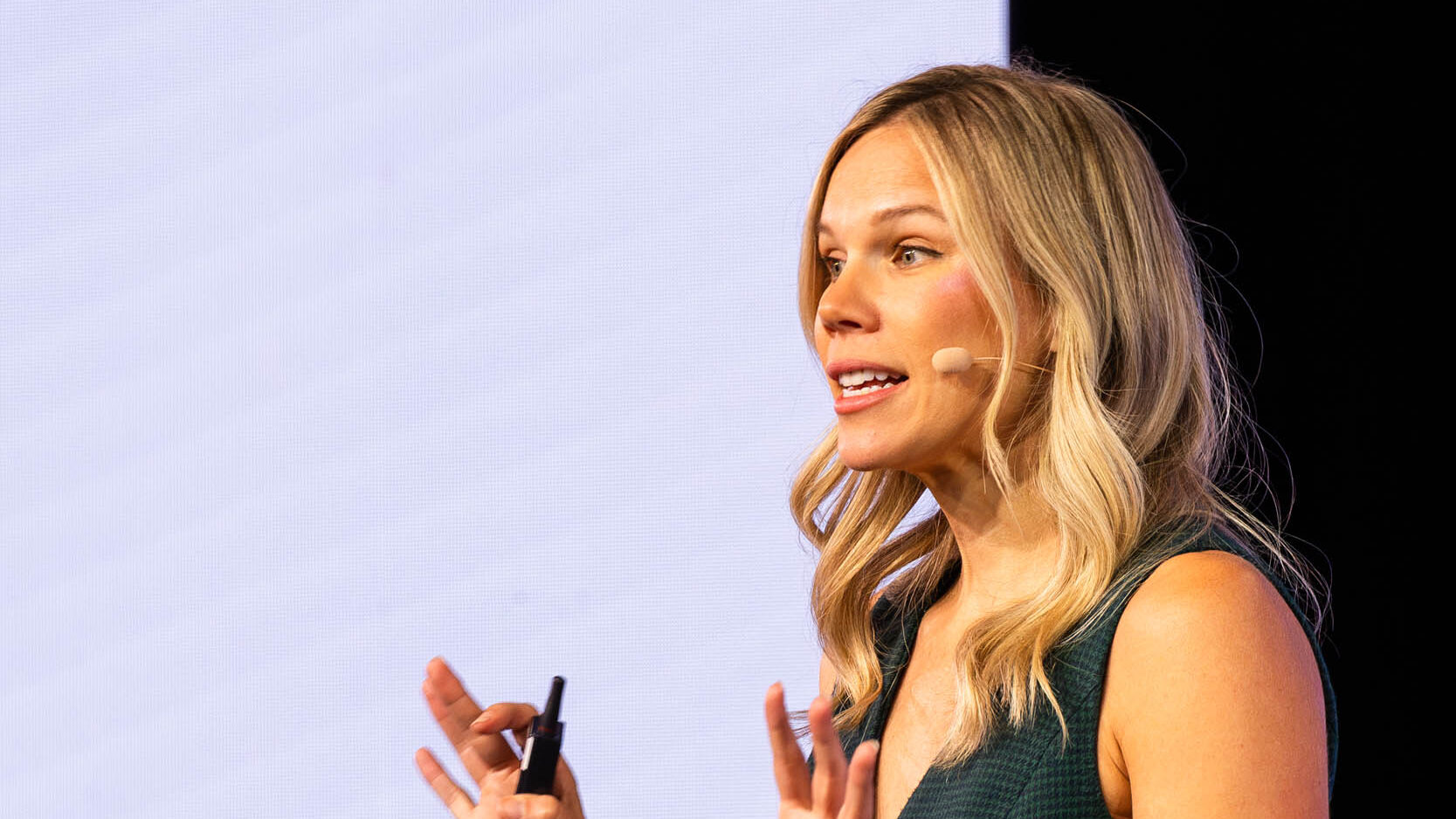
Building in Public in 2025 – WTF does it actually mean with Amanda Ghetz
1. Building in Public Means Sharing the Learning Journey, Not Just Success
The heart of building in public is inviting others to grow with you—not just celebrating wins, but:
- Showing your process, not just polished outcomes
- Being transparent about challenges, doubts, and pivots
- Creating a space where people don’t just watch your journey—they feel part of it
This mindset builds trust, relatability, and loyalty, because people aren’t following a guru—they’re walking alongside someone real.
2. Different “Hero” Styles Let You Build Connection Your Way
You don’t need to be the loudest voice in the room to build in public—choose the role that fits your style:
The 3 Types of Relatable Heroes:
- Lighthouse: Guides from a distance
- Leads by example and challenges (e.g., Sahil Bloom’s 100 ice baths)
- Flashlight: Shares insights and clarity
- Educates quietly in the background (e.g., James Clear)
- Porch Light: Builds warmth and intimacy
- Welcomes others into the conversation (e.g., Erica Schneider)
There’s no one right way—just the version that matches how you connect authentically.
3. Use the PORCH Framework to Build Community Through Storytelling
The PORCH method is a practical roadmap for building in public:
- Present your reality → Be honest, skip the filters
- Open the door → Encourage interaction, ask questions, reply to DMs
- Reflect, don’t just report → Go deeper than metrics—what did it feel like?
- Connect the story → Use the “Stop → Story → Solution” format for posts
Help others → Highlight their work, build human connection
Real impact comes from making others feel seen, and that’s what scales community and business.
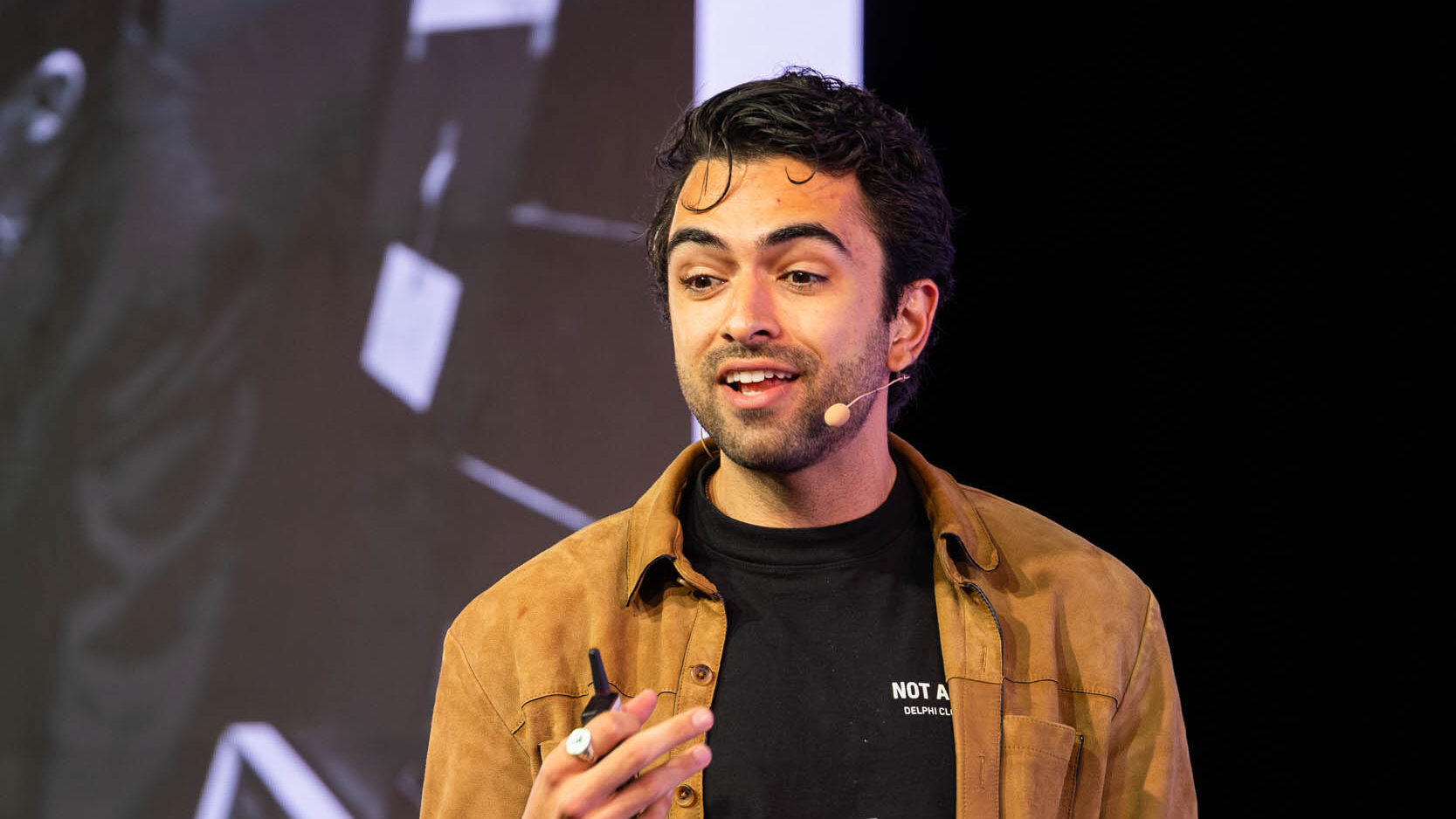
The Authenticity Advantage: Why Being Irreplaceably Human is Your Greatest Asset in an AI World with Dara Ladjevardian
1. In an AI-Flooded World, Authenticity Is Your Competitive Edge
As AI rapidly drives down the cost of content creation—video generation quality soared in 2023-24, while costs dropped 90%—platforms are being overwhelmed by low-effort, auto-generated content or “AI slop.” In this environment:
- Authentic, human-verified content becomes a rare and trusted signal.
- Audiences will increasingly seek real people with lived experience and perspective.
- Being irreplaceably human is more valuable than ever—your story, your tone, your trust.
In short: authenticity compounds—and it’s the only moat that can’t be copied.
2. We’re Entering the “Abundance Era”—and the Playing Field Just Changed
AI is reshaping the economics of entrepreneurship:
- Capital needs are shrinking: one-person billion-dollar businesses are now possible.
- Like the dot-com or social media boom, we’re on the cusp of a new tech-powered gold rush.
- In this era of content and tool abundance, trust and curation become the bottlenecks—not information.
Creators and founders must adapt by:
- Owning their IP and data (opt out of AI training by default)
- Documenting their thinking—your thoughts are your moat
- Scaling not by adding noise, but by deepening value and signal
3. Use AI to Amplify Human Value, Not Replace It
Don’t compete with AI—collaborate with it. The key is to:
- Build genuine expertise first, then scale with AI—don't try to fake it with tools
- Expect AI to soon offer “Nobel Prize-level intelligence” in your pocket: free, fast, multilingual
- Prepare for a world where life expectancy rises 20–40 years due to AI-led medical breakthroughs
To thrive, Dara outlined five principles for navigating exponential change:
- Build before you scale
- Document your mind—make thinking your IP
- Protect your authenticity—it builds long-term trust
- Scale intentionally, not reactively
- Stay human-centric, even as AI accelerates
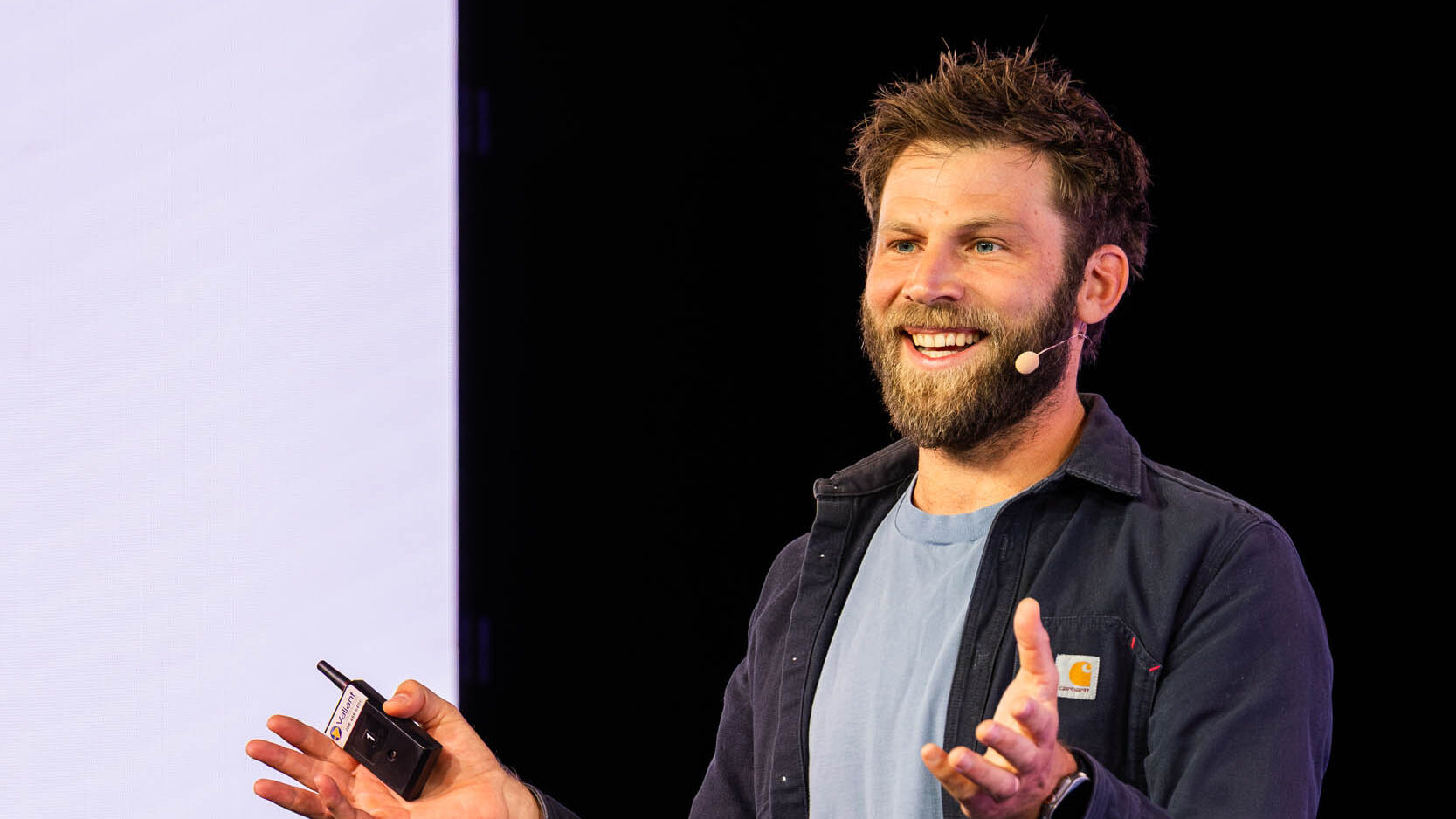
The Future of Human Connection in an AI World with Tristan de Montebello
1. Public Speaking Fear Is Learned—You Were Born to Speak Naturally
Tristan’s central insight is powerful: humans are wired to speak, just like birds fly or cats hunt. The fear of public speaking is conditioned, not innate.
Key points:
- Anxiety shows up differently—some fear large audiences, others authority figures.
- The solution isn’t to “fake it till you make it,” but to reclaim your natural speaking instinct.
This reframing shifts the focus from eliminating fear to rediscovering innate ease.
2. Embrace Expression, Not Impression
A standout principle from the workshop: speak to express, not to impress.
- Trying to impress triggers self-consciousness and judgment.
- Speaking to express builds trust, flow, and personal connection.
- Authenticity and individuality become your greatest speaking tools.
By focusing on your message and inner motivation, you unlock confidence and presence without performance pressure.
3. Use Three Transformational Habits to Speak Naturally
1. Stop Leaking Insecurities
- What you feel (nerves, heart rate) isn’t visible unless you call it out.
- Don’t apologize or diminish your message—project calm to build real confidence.
2. Use a Dynamic Energy Range
- Ditch monotone delivery—vary your voice, gestures, and intensity.
- Let your emotions lead your energy—speak from the heart, not a script.
3. Choose Express Mode
- Let go of the need to be perfect—be expressive, relatable, and real.
- Speak from your unique personality, not a generic “professional” voice.
From energy control drills to staying composed at a heart rate of 133 BPM, these tools offer a clear path to authentic, effective speaking.
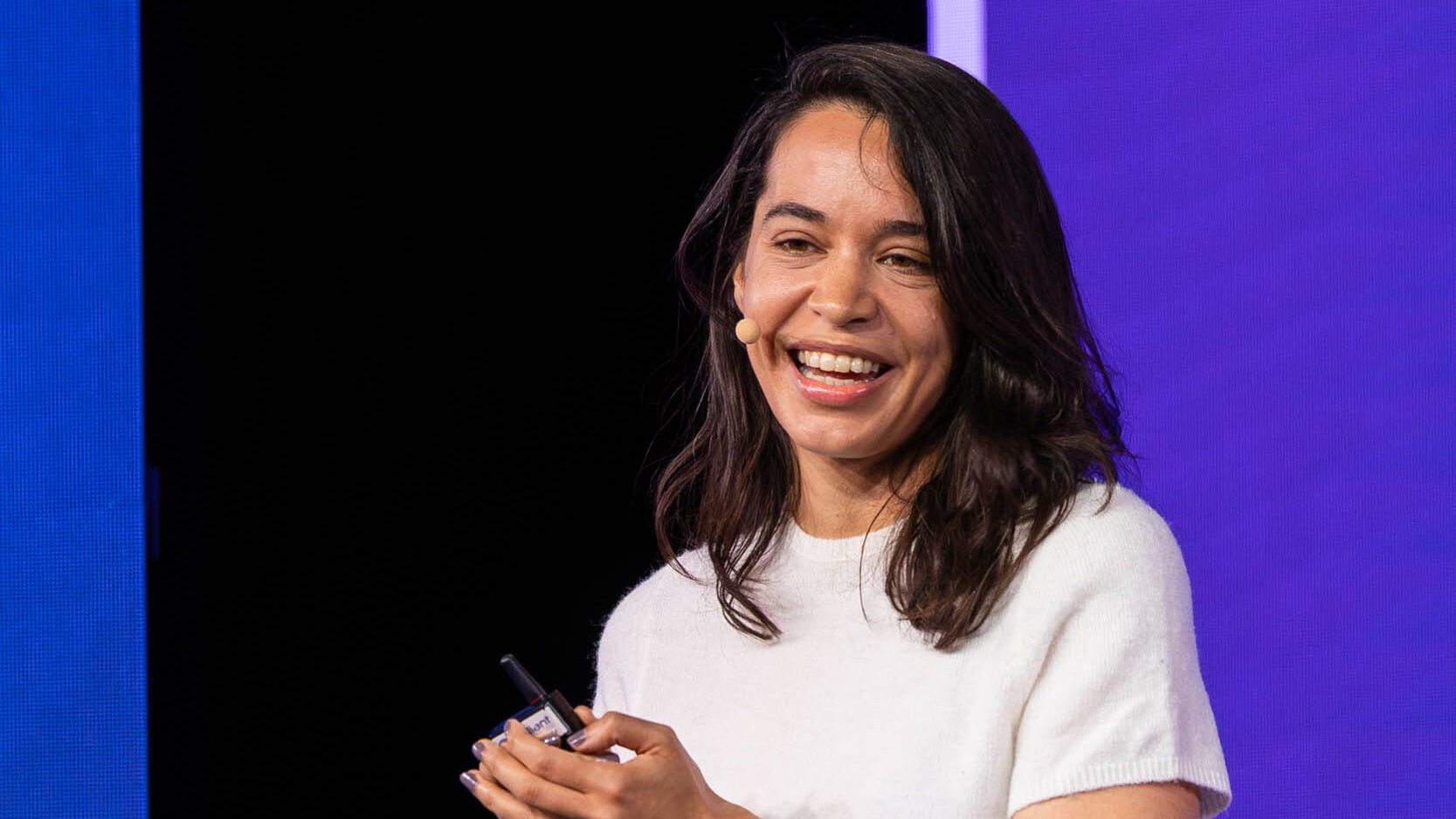
How to Experiment Your Way to Success with Anne-Laure Le Cunff
1. Replace Rigid Goals with an Experimental Mindset
Shift from a linear goal-setting approach to an experimental one:
- Instead of chasing fixed milestones, creators should combine high ambition with high curiosity.
- Like in science, failure becomes data, not a sign of personal shortcoming.
- This mindset fosters resilience, creativity, and sustainable growth—especially in unpredictable creator landscapes.
The goal isn't perfection; it’s learning by doing, reflecting, and adjusting.
2. Use Tiny, Time-Bound Experiments to Drive Growth
Success doesn’t come from massive pivots—it comes from small, repeatable experiments:
- Start with observation, then design a mini protocol with:
- A specific action
- A pre-defined duration
- These experiments can be applied to:
- Content creation (e.g., 60 YouTube Shorts in 60 days)
- Community building (e.g., micro-forums, interactive polls)
- Habits and workflows (e.g., deep work windows, no-phone hours)
This approach removes pressure and builds momentum through iteration.
3. Evaluate Experiments with External and Internal Feedback
Once an experiment is complete, there are three valid paths:
- Keep going: If it’s aligned and working
- Pivot: If something needs adjusting
- Move on: If it’s no longer resonating
Importantly, decisions aren’t just based on metrics—creators must consider internal signals like:
- Energy
- Joy
- Mental clarity

Luck Is A Strategy — Here's How to Create It with Lestraundra Alfred
1. Luck Isn’t Random—It’s Built Through Alignment and Action
Lestraundra began her journey as a wellness blogger in 2014, struggling for years with minimal traction. Her breakthrough came in 2018 when she launched a podcast for women of color, which:
- Outperformed her blog in hours, not months
- Grew to hundreds of thousands of downloads/month
- Led to six-figure ad revenue and a major network deal
Her key insight? The creators who seem “lucky” aren’t just lucky—they’re intentional. They align with purpose, take consistent action, and create space for luck to show up.
2. Patterns of “Lucky” Creators: Consistency, Boundaries, and Alignment
1. They Don’t Chase Applause
- Focus on what success feels like, not how it looks from the outside
- Prioritize alignment over performance
- Define success personally, not through external validation
2. Consistency Creates Luck
- Success often comes during the quiet, unglamorous hours
- Systems and habits—not virality—build staying power
(e.g., Tia Williams writing bestsellers while working full-time and parenting solo)
3. They Make Room for Luck
- Saying “no” clears space for the right yes
- Mental clarity—via walking, journaling, or rest—is essential
- Bold decisions (like pivoting from a successful business) often precede growth
3. Luck Becomes Inevitable When You Live in Alignment
To build your own “She’s So Lucky” story, ask:
- Where am I showing up consistently, even when it’s quiet?
- How can I improve my commitment to excellence, not just visibility?
- What do I need to declutter or decline to make space for better?
In Lestraundra’s words, luck is a byproduct of:
- Alignment
- Consistent effort
- Resilience
- Intentional decision-making
When you operate from that foundation, luck stops being an accident—it becomes the outcome.
